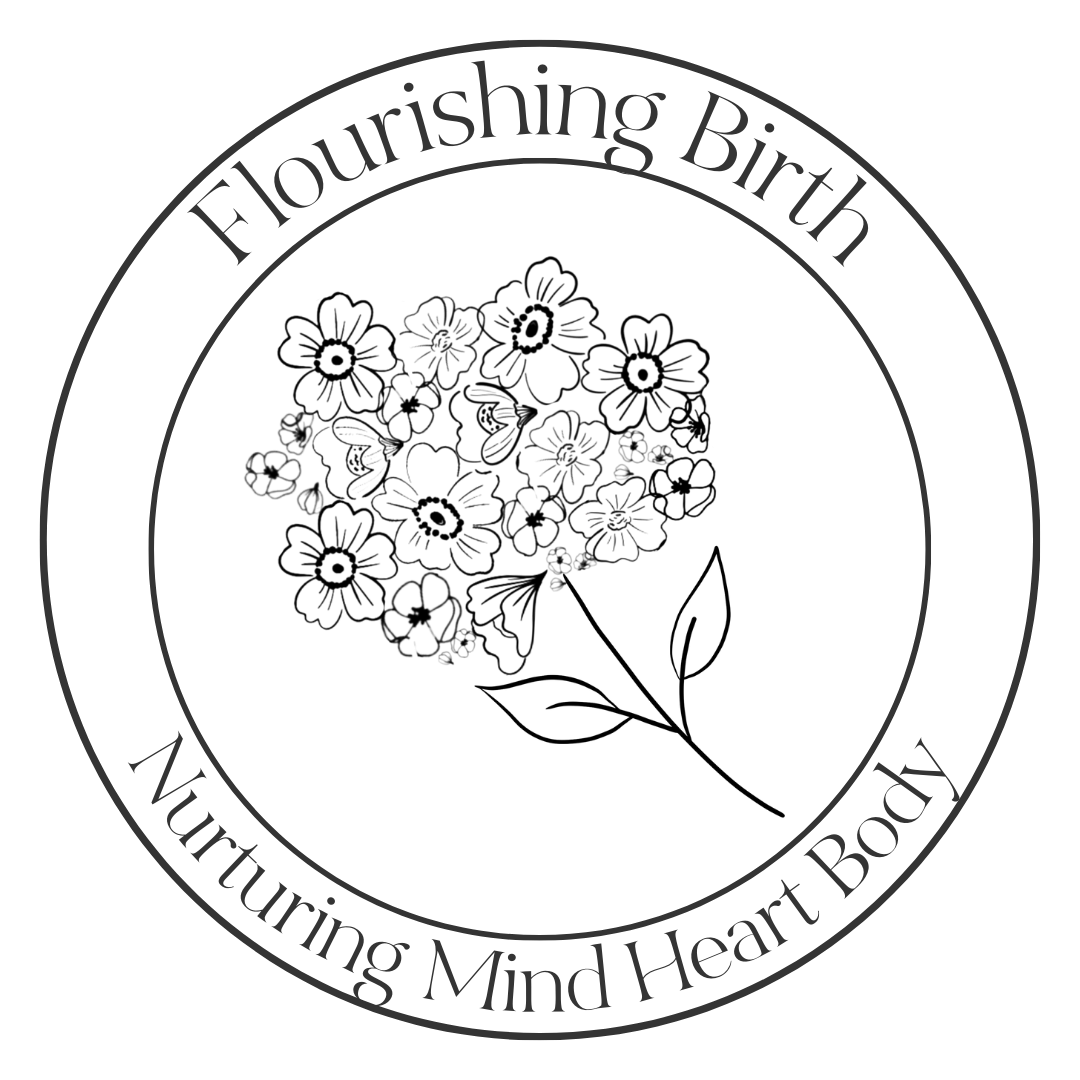Inductions and Choosing Wisely
“Choosing Wisely” in maternity care: ACOG and AAFP urge women to question elective deliveries.
February 21st, 2013 by Amy Romano
http://flic.kr/p/4v3Zeh
Last April, the ABIM Foundation, with Consumer Reports and other partners, drew national attention to overuse of ineffective and harmful practices across the health care system with their Choosing Wisely campaign. As part of the campaign, professional medical societies identified practices within their own specialties that patients should avoid or question carefully. Today, the American College of Obstetricians and Gynecologists (ACOG) and the American Academy of Family Physicians (AAFP) have joined the campaign, drawing national attention to the overuse and misuse of induction of labor. ACOG and AAFP are telling women and their maternity care providers:
• Don’t schedule elective, non-medically indicated inductions of labor or cesarean deliveries before 39 weeks 0 days gestational age.
• Don’t schedule elective, non-medically indicated inductions of labor between 39 weeks 0 days and 41 weeks 0 days unless the cervix is deemed favorable.
(“Favorable” means the cervix is already thinned out and beginning to dilate, and the baby is settling into the pelvis. Another word for this is “ripe,” and doctors and midwives use a tool called the Bishop Score to give an objective measurement of ripeness. Although ACOG and AAFP do not define “favorable,” studies show cesarean risk is elevated with a Bishop Score of 8 or lower in a woman having her first birth and 6 or lower in women who have already given birth vaginally.)
Much work has already been done to spread the first message. Although ACOG has long advised against early elective deliveries, a confluence of quality improvement programs and public awareness campaigns have made it increasingly difficult for providers to perform non-medically indicated inductions or c-sections before 39 weeks.
But as the public and the health care community have accepted the “39 weeks” directive, concern about unintended consequences has grown. Christine Morton, a researcher at the California Maternal Quality Care Collaborative and regular contributor to Science & Sensibility, sums up concerns shared by many, including Childbirth Connection:
It is possible that this measure may sensitize stakeholders to the wrong issue: timing of birth rather than the fact that it is generally best when labor begins on its own. Additionally, is it possible that 39 weeks could become the new “ideal” gestational age, because it will be assumed that 39 completed weeks is the best time to be born?
The second Choosing Wisely statement aims to mitigate these unintended consequences. Inducing with an unripe cervix significantly increases the chance of a c-section and its many associated harms. Women considering induction for a non-medical reason deserve to know about these excess risks, and should question whether it is worth any non-medical benefits of elective delivery they perceive or expect. Lamaze Internationalhas spoken to the importance of letting labor begin on its own, as it is the first topic in the Six Healthy Birth Practices.
But will the new message lead women and care providers to think that delivery is indicated once a woman’s cervix is ripe? Through the Choosing Wisely campaign ACOG and AAFP have made powerful statements acknowledging that scheduled delivery is unwise if the baby or the woman might not be ready for birth. Although gestational age and the Bishop score are tools to estimate readiness for birth, the best indicator of readiness is still the spontaneous onset of labor at term, the culmination of an intricate interplay of hormonal signals between the fetus and the woman. Anytime we intervene with the timing of birth we have to weigh the potential benefits and harms of overriding that process in the context of the fully informed preferences and values of women.
This summer, our collaboration with the Informed Medical Decisions Foundation will culminate in the release of our first three Smart Decision Guides. These evidence-based, interactive decision support tools will help women learn the possible benefits and harms of scheduled delivery versus waiting for labor to start on its own and to weigh these based on what is most important to them. These tools help women choose wisely – to identify when an option is not appropriate or safe for them, and to thoughtfully weigh options when there are both pros and cons to consider.
Interested in learning more about shared decision making in maternity care? Sign up for a free webinar on March 13 sponsored by the Informed Medical Decisions Foundation to hear more about what clinicians, consumers, employers, and others thinking about the importance of maternity care shared decision making.
